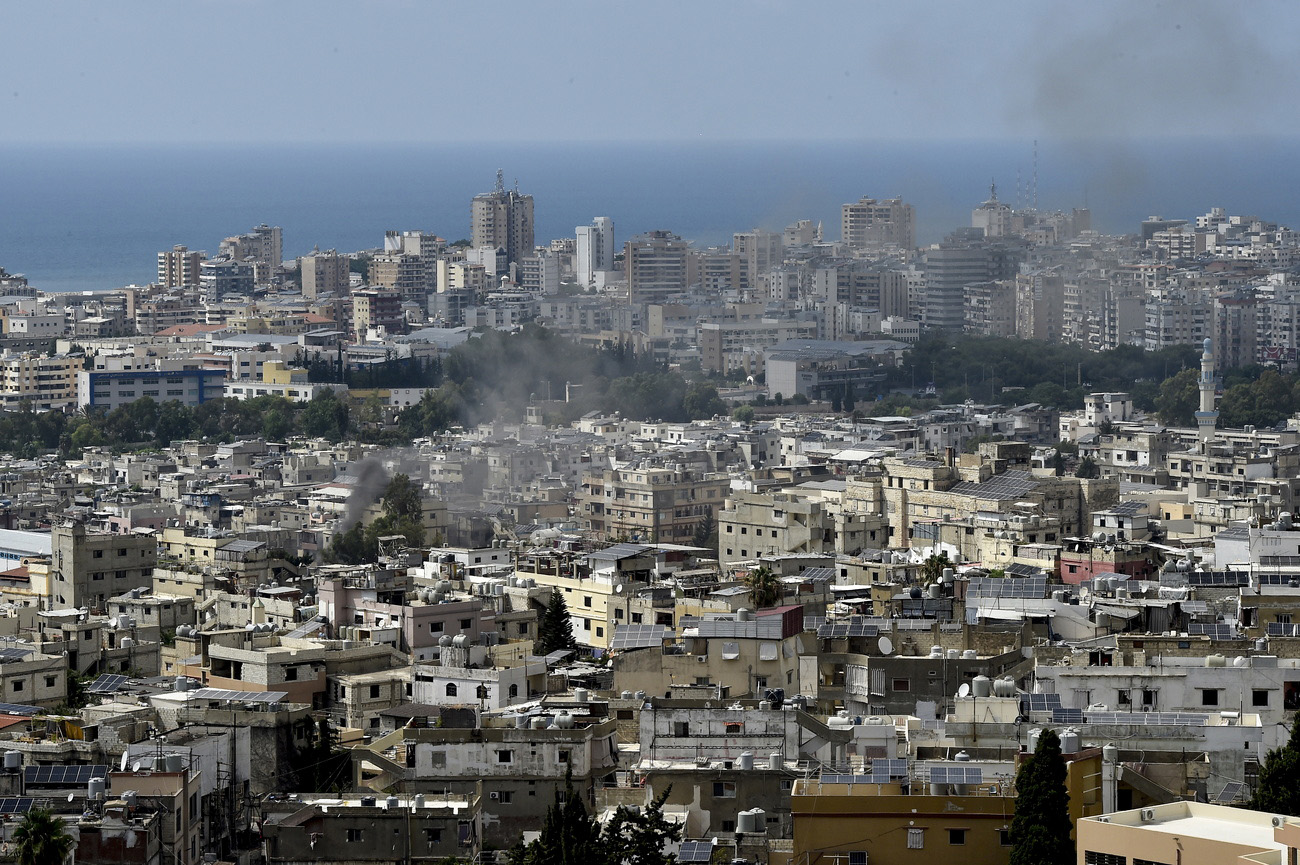
Funding gap forces aid agencies to make tough decisions in Yemen
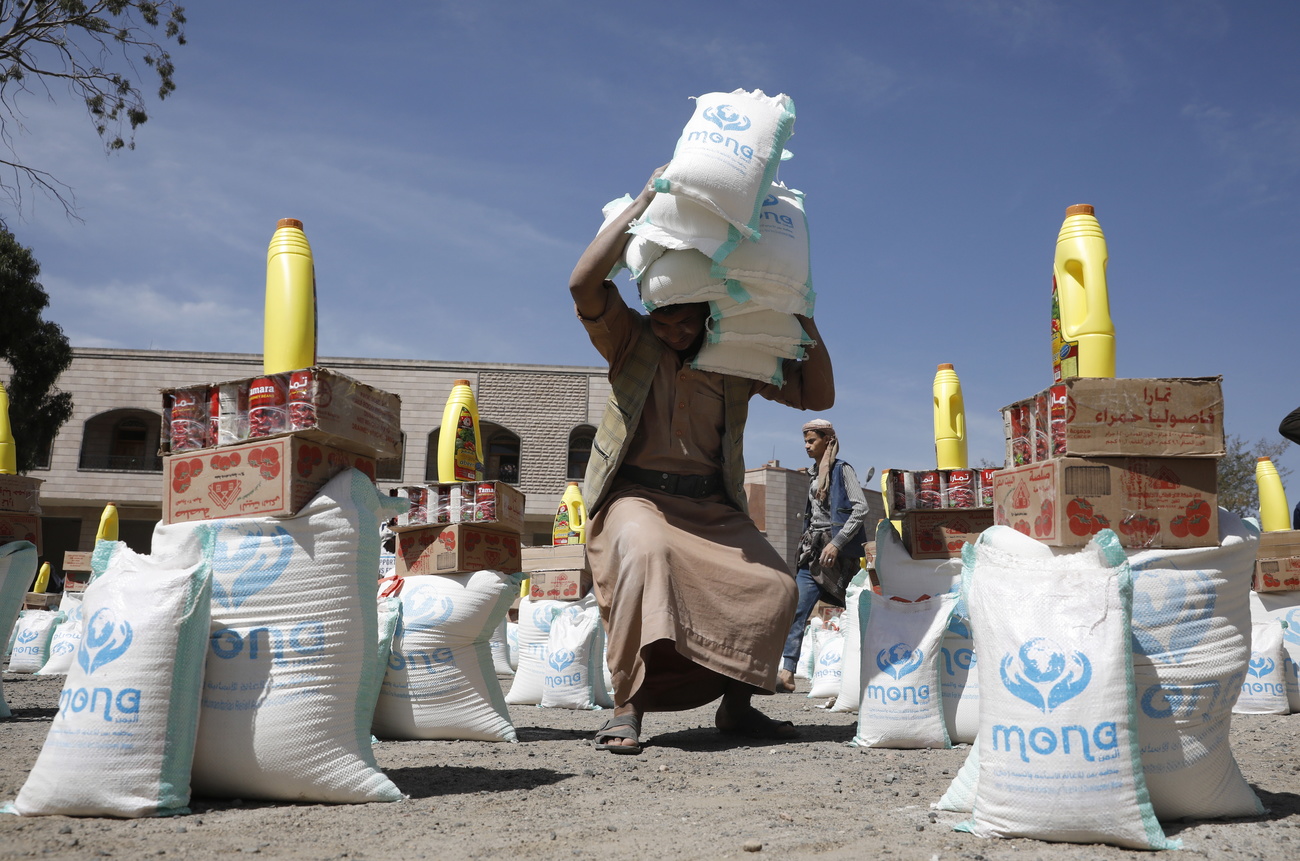
Yemen remains one of the worst crises in the world, but funding for aid operations is on the decline. As hopes emerge for peace, humanitarian organisations warn about the consequences of this funding gap.
An exchange of nearly 900 prisoners from Yemen’s deadly civil war is startingExternal link on Friday. It follows a round of talks in the capital, Sanaa, earlier this week between Saudi and Yemeni officials aimed at ending hostilities. While encouraging, these steps will not immediately alleviate the humanitarian crisis in the country, for which funding is drying up.
“What our humanitarian workers will have to decide is: which camp to feed, which one not to feed; which families will get shelter, which ones will be cast aside?” says Jan Egeland, secretary general of the Norwegian Refugee Council (NRC), an Oslo-based NGO. The lack of funding for the NRC’s operations in Yemen will force its team on the ground to make tough choices. “We’re still running on some of the money we got last year, but the pipeline is now nearly depleted,” Egeland says.
The humanitarian crisis in Yemen is one of the worst in the world. The United Nations estimates that 21.6 million people in the country, more than two-thirds of the population, require humanitarian assistance to cover basic needs such as food, healthcare and education. The UN World Food Programme (WFP), which runs one of its largest operations in Yemen, says 17 million people are food insecure, of whom six million are on the brink of famine.
Until recently, aid organisations had been able to raise enough money to assist most Yemenis in need. Between 2017 and 2019, UN-coordinated plans were on average 81% fundedExternal link – despite needs growing over that period from $2.3 billion (CHF2 billion) to $4.2 billion. But over the past three years, funding coverage has fallen to an average of 58%.
In February, at a pledging event in Geneva, the UN had hoped to raise $4.3 billion for aid operations in Yemen this year. But international donors promised $1.2 billionExternal link, not enough to last through 2023.
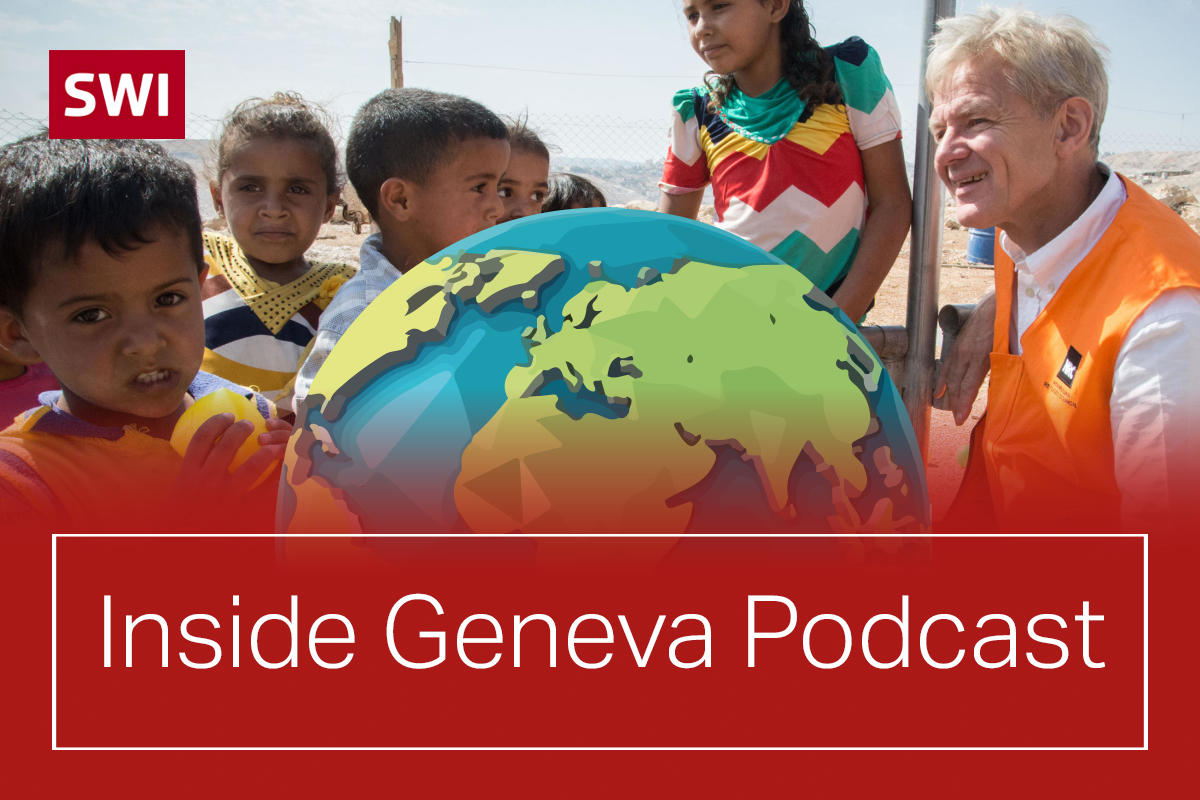
More
Inside Geneva: Aid Access Dilemmas
Hopes for peace
This lack of funding comes at a bad time for Yemen. Since 2014 the country has been engulfed in a violent civil war between rebel Houthi forces, linked to Iran, and the internationally recognised government, backed by a Saudi Arabia-led coalition. The UN estimates that the war in Yemen has killed more than 377,000External link people either directly or indirectly and displaced 4.5 million others.
But ongoing talks between Houthi and Saudi officials mediated by Oman have raised hopes for an end to the conflict, with the delegations reportedlyExternal link negotiating a ceasefire. On Sunday the UN’s special envoy for Yemen, Hans Grundberg, describedExternal link current efforts as “the closest Yemen has been to real progress towards lasting peace”.
The negotiations gained momentum after Saudi Arabia and Iran – which are effectively fighting a proxy war in Yemen – agreed in March to re-establish their diplomatic ties as part of a deal brokered by China. Later that month Yemen’s warring parties reached an agreement in Geneva, overseen by the UN and the International Committee of the Red Cross (ICRC), to free 887 detainees from both sides.
This prisoner swap, the biggest of its kind since 2020, will be conducted over the next three days. According to the agreement, the Houthis will release 181 prisoners in exchange for 706 detainees held by Yemeni government forces. Whether these efforts open the door to expanded negotiations with all parties on a political settlement of the conflict remains an open question. They are, however, what are known as confidence-building measures.
“The goodwill shown by the parties to the conflict on key humanitarian issues helps create an environment that allows for talks on more difficult issues,” says Fabrizio Carboni, regional director for the Near and Middle East at the ICRC.
Egeland of the NRC argues that now is not the time to stop supporting the people of Yemen.
Avoid aid dependency
“It’s a golden opportunity to get out of this horrific aid dependency and these bottomless needs that the war has caused, because of the possibility of not only a ceasefire, but a political settlement,” says Egeland, who worries about the consequences of funding drying up. “Two things can happen. One is that people start to die again, massively. And the other is that the war resumes.”
At the ICRC – which works in Yemen in regions inaccessible to other humanitarian actors and where the consequences of the fighting are most acutely felt – declining levels of funding are also a cause for concern. In 2022, for the first time in 11 years, the organisation’s operations in the country were underfunded. And in a difficult environment like Yemen, where access and security remain challenges, budget cuts can undermine the ability of aid organisations to operate.
“Our acceptance in this kind of environment is also determined by the relevance of the service we provide. So, if we start making choices, our relevance is at stake,” Carboni says. “And the choices are not about trimming the fat. The International Red Cross and Red Crescent Movement has a CHF181 million ($204 million) budget in Yemen, and the ICRC over CHF100 million, but in terms of needs, we could certainly double that.”
Multiple crises
Could this lack of funding for Yemen result from recent political developments?
Carboni of the ICRC does not think so. According to him, donors understand that current negotiations provide only a dim ray of hope, and that humanitarian needs will not instantly vanish if the fighting stops.
“I believe that the drop in funding is linked to a terrifying trend in recent years, which is the multiplication of crises,” he says.
Protracted conflicts, climate change, the impact of the Covid-19 pandemic, the war in Ukraine: multiple drivers are making old humanitarian crises worse while creating new ones. They are also draining the budgets of donor countries.
In the absence of peace, humanitarian aid remains a lifeline. “Humanitarian aid will never solve the structural problems of Yemen. We will never solve the issues of drought, of health, of food security in Yemen in a sustainable way. It is not humanitarians who do this, it is politicians,” Carboni says.
Edited by Reto Gysi von Wartburg
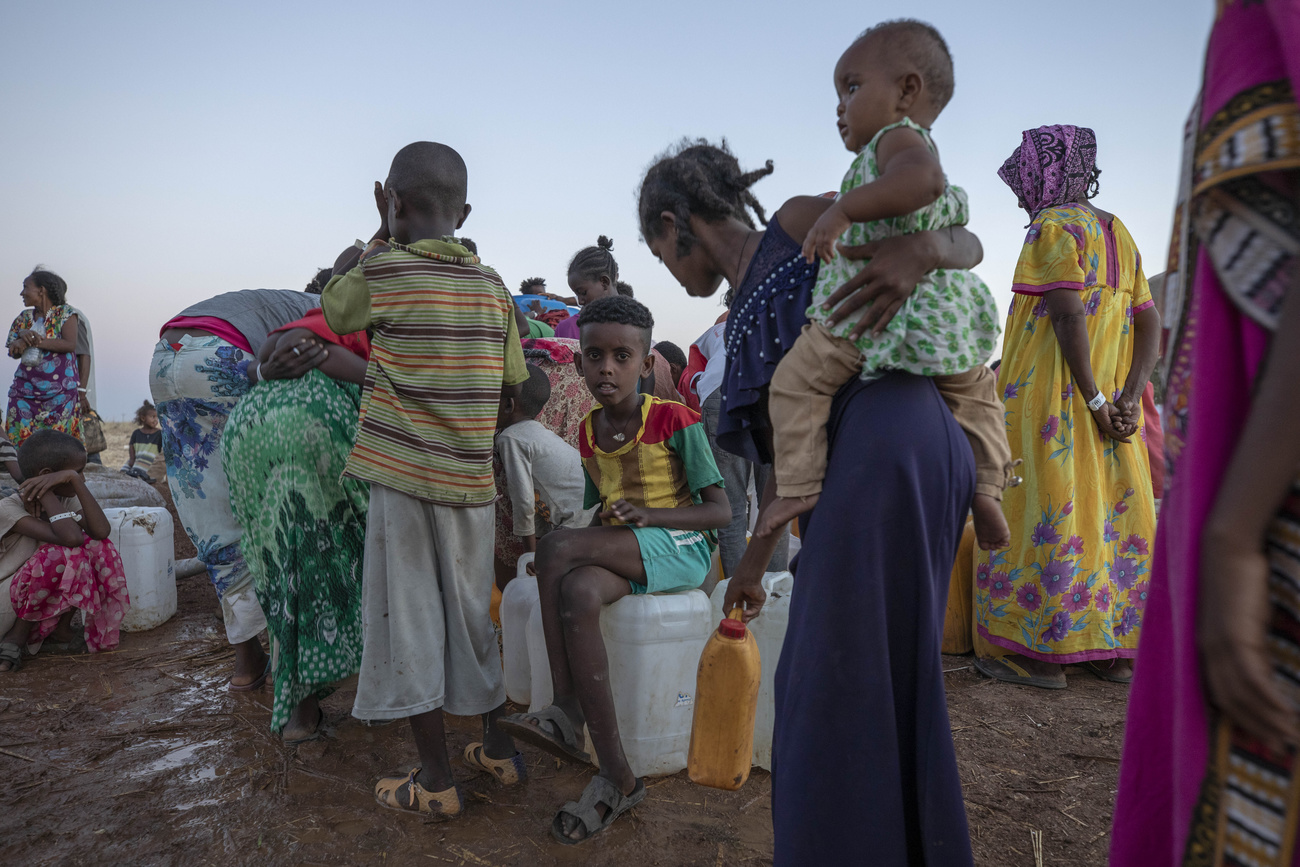
More
How the war in Ukraine fuels underfunding for other crises

In compliance with the JTI standards
More: SWI swissinfo.ch certified by the Journalism Trust Initiative
















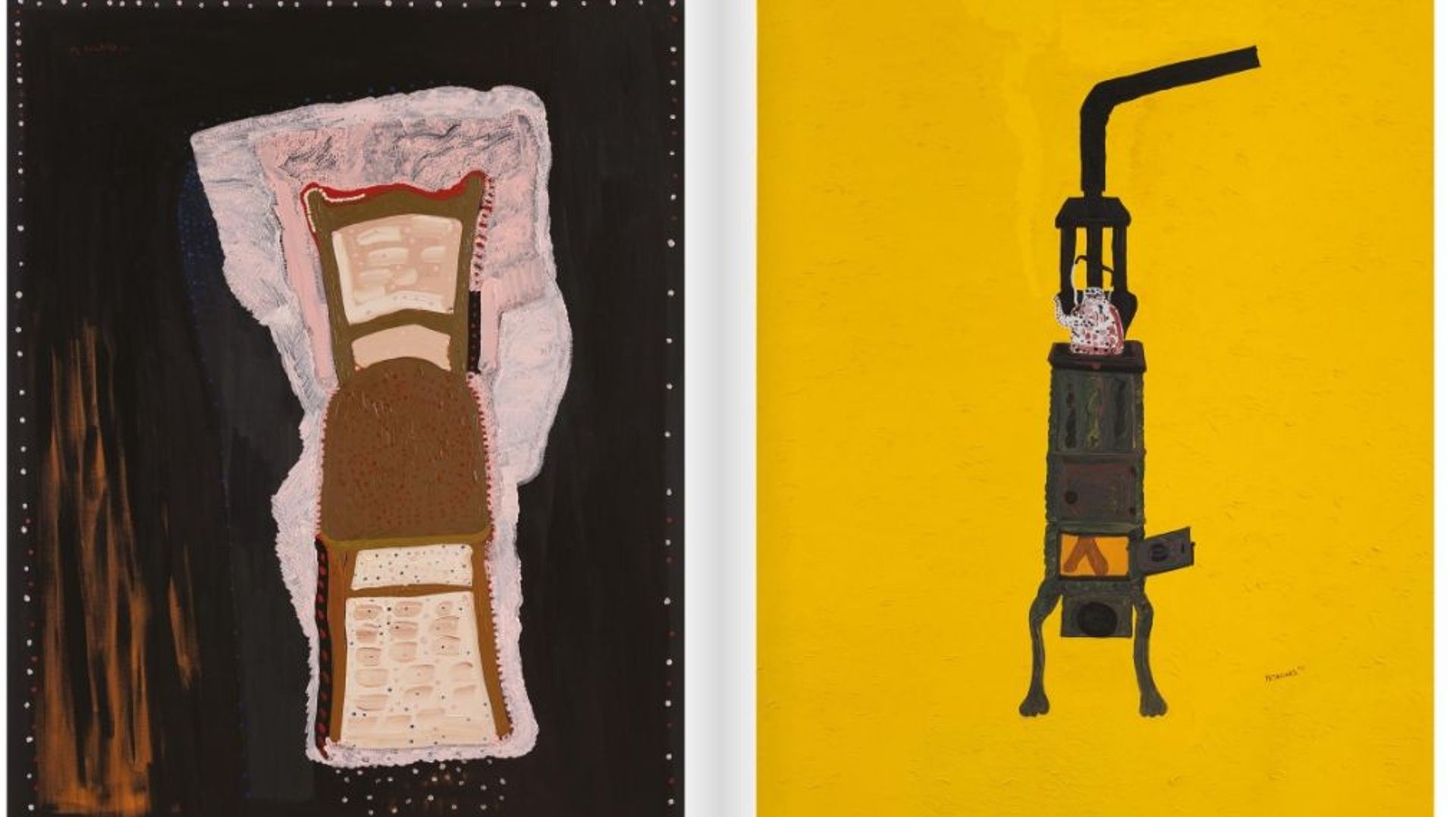














You can find an overview of ongoing debates with our journalists here . Please join us!
If you want to start a conversation about a topic raised in this article or want to report factual errors, email us at english@swissinfo.ch.